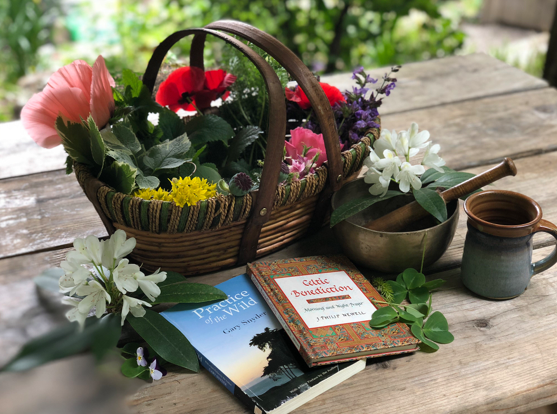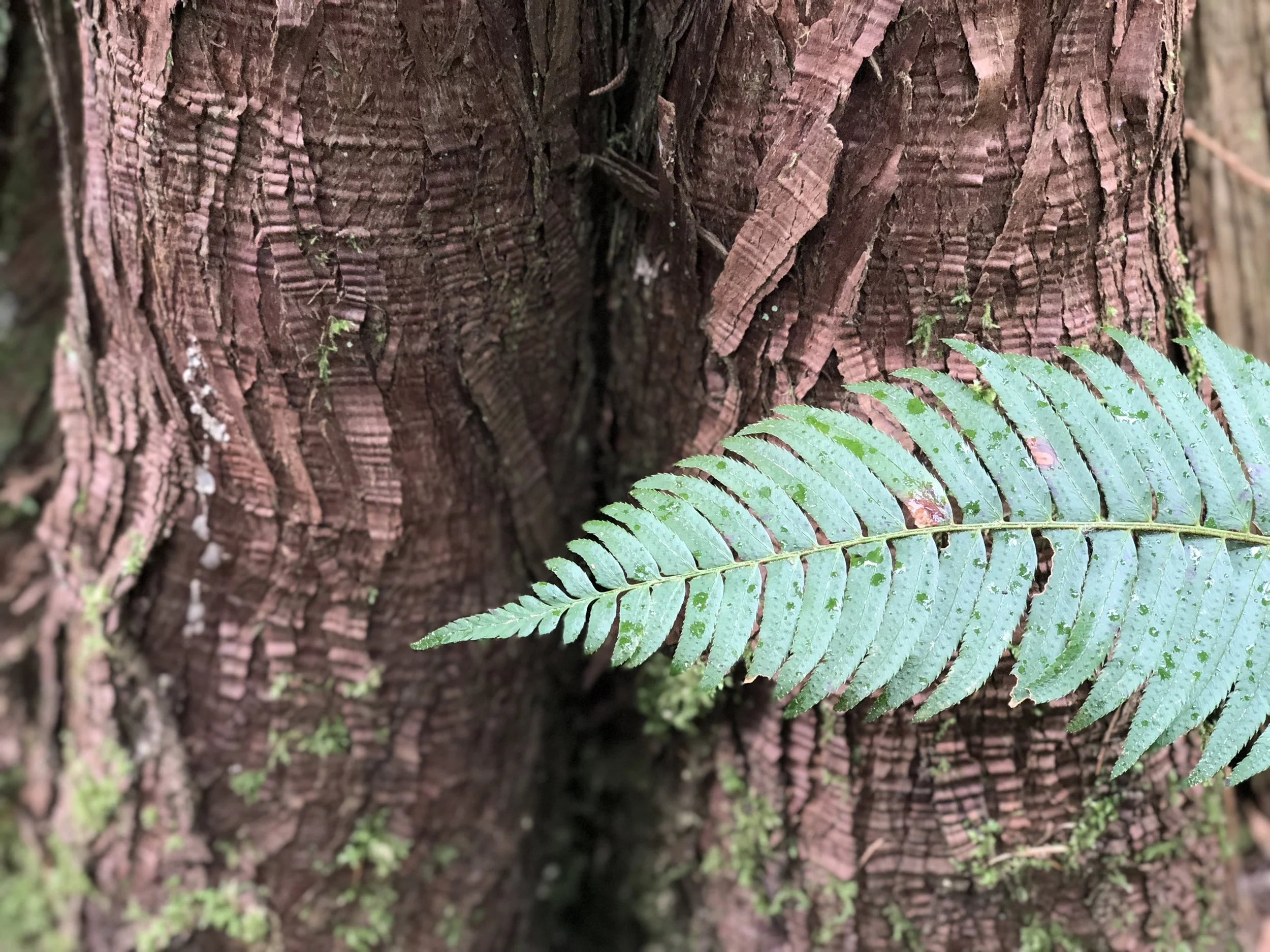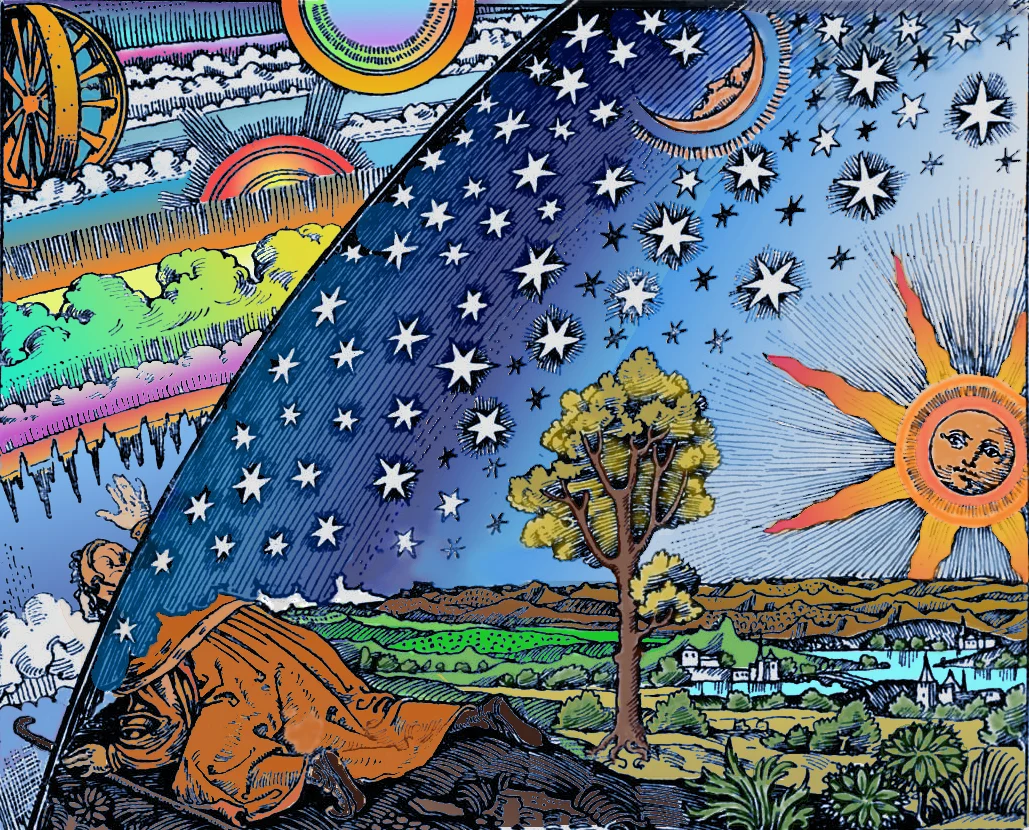
The Lost Names of God: A Solstice Reflection
What do you do when you lose something? You ponder its whereabouts, and then go out to look for it, and sometimes you end up recovering that which was lost in places that surprise you. We have lost the knowing that the earth is sacred, that we are surrounded by hallowed presences who bear witness to our lives, as well as express their own inherent divine qualities. Seek through the practice of ceremony. Find a recovered and reconnected way of understanding that the holy is Here. And hope beyond hope, may your ceremonial search yield the surprise of the divine ground of being that is within your particular place.

Cultivate the Wisdom Within the Wild: Biomimicry as a Spiritual Practice
We are approaching the threshold of Winter, and these days that come before that elemental edge are known as Advent, a sacred time of the year when rituals attune ourselves to the growing darkness and hope is kindled by the coming of light. Finding nature-based practices that deepen our sense of this season are a challenge to come by. Biomimicry is a powerful way to look to Nature as a wizened and warm teacher, who guides us into a meaningful and rooted way of being both through the holidays and in the seasons to come.

Spring Rewilding Retreat: Rising Up Rooted Like Trees
I am engaging in a Rewilding Year, a year of prayers and practices to reconnect myself to the natural wisdom cycles of the natural world. With ancient nature symbology as my guide, I locate these associations within a particular bioregion, a landscape that both holds these sacred correspondences and invites one into a deep soul exploration within them. Read on to discover with me what the forest revealed in this Spring time location!

Listening in Place as Practice & Poetry-A Workshop with David Whyte
“The Practice & Poetry of Listening in Place” was the title of the workshop I was invited to facilitate with the poet, writer, and philosopher David Whyte. From this starting place, we drew upon themes of the selva oscura, the dark woods, and how the path is both guide and our truest selves. Participants were given native plants to get to know and with whom to co-create nature mandalas as a practice of listening to, and learning from, the more than human world. It was an extraordinary day!

The Wilderness Will Return You Home
Wilderness is a place where the wild potential is fully expressed, a diversity of living and nonliving beings flourishing accord to their own sorts of order. This is the is-ness of a place; where what one is intended to be, is. In ecology we speak of “wild systems.” when an ecosystem is fully functioning, poet and writer Gary Snyder says that “all the members are present at the assembly.” To speak of wilderness is to speak of wholeness.

Emergence
This is merely a note to awaken you to what is emerging here at Waymarkers. I graduated with my Masters in Theology & Culture from The Seattle School of Theology & Psychology and a specialization in Thomas Berry's Universe Story from Yale University this past June. Waymarkers is soaking this up and becoming a sacred guide, a presence that will take us deeper into the wilds where Creator can be heard speaking through all created things.

Seminary Musings: Connected to the Other through the Stars and Soil
Friends,
On this Day of Epiphany, and before my next term at school holds my time hostage once again, I wanted to take a moment to share some of the emerging thoughts that have been personally prominent these past few months. As we take time today to reflect on the legendary Three Wise Men, kingly magis who had deep knowledge of the links between the Divine and the cosmos, may we too ponder how we invite our celestial neighbors to inform our sense of awe of the Grand Story in which we continue to participate.

